Rarely Seen Civil War Photos Shed Light On Everyday Struggles (What Life In America Was Like During The War)
It’s impossible to overstate the degree to which the American Civil War tore the nation apart during the four years it was waged. Although the hardships people faced depended on where they lived, it’s fair to say that just about everyone in America lost someone dear to them in the carnage of those dark times.
However, even in the worst chapters of American history, life goes on. And while it’s understandable that most Civil War-era history curriculum focuses on the actual battles, some photos nonetheless paint a compelling portrait of daily life during those years of tense uncertainty.
Even From A Distance, This Is A Solemn Photo
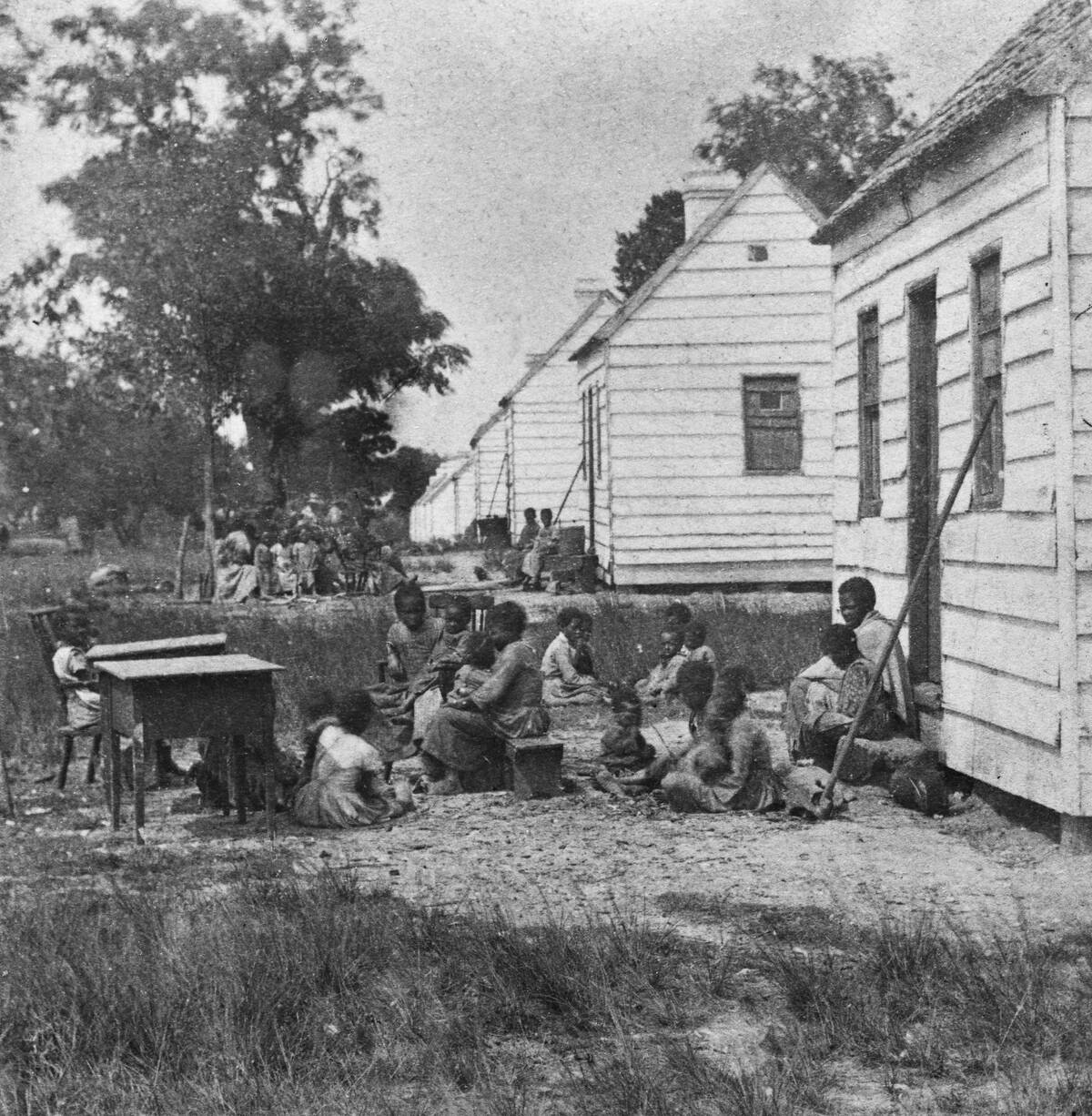
Although there’s something joyless about their body language as they sit together, this seems to be just a group of children sitting behind one of a few houses lined up in a grainy photo from the early 1860s.
The time period may already make it easy to assume this, but these are indeed the children of enslaved people living on a plantation in South Carolina. Even if they didn’t know the details of what was going on, children are more perceptive of their surroundings than people give them credit for.
Working Hard But For A Different Purpose
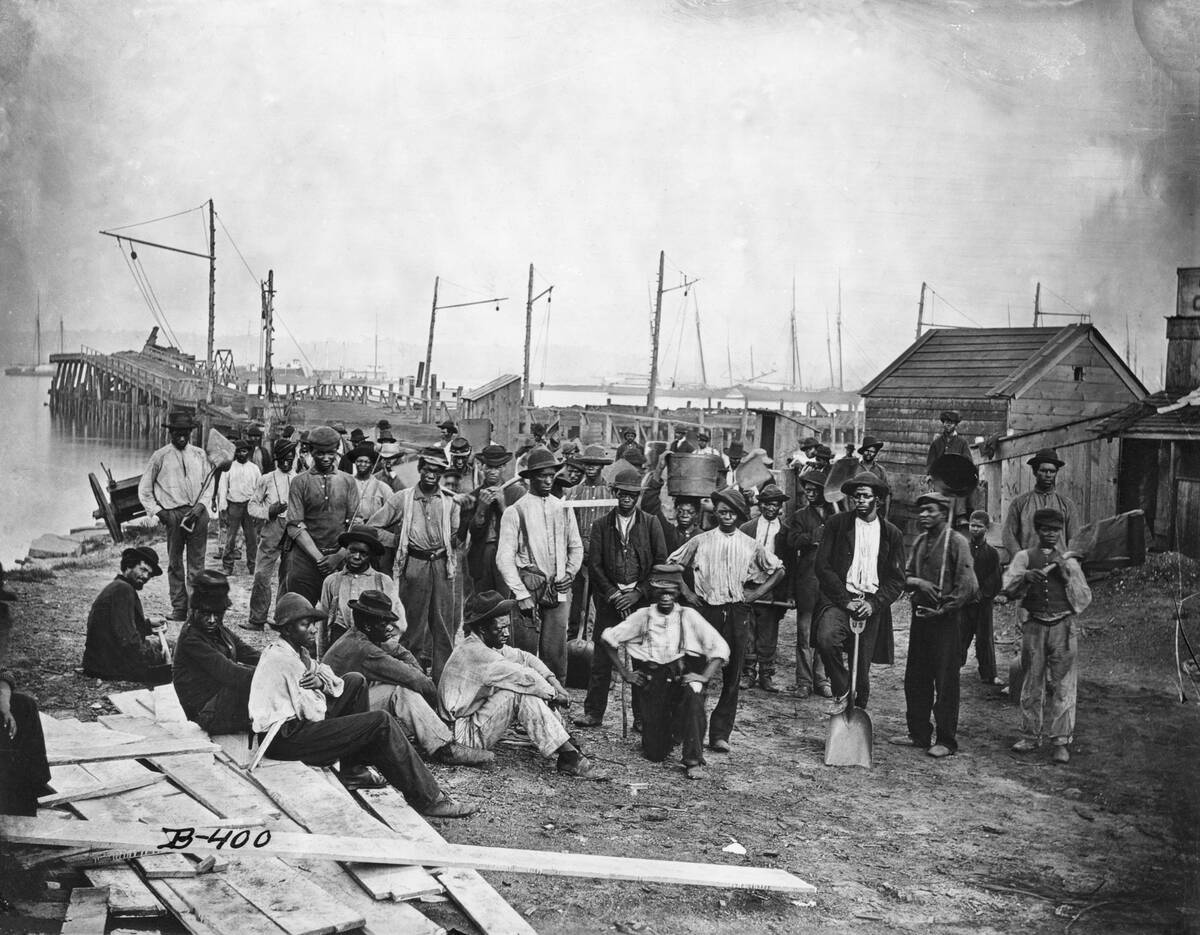
While it’s fair to say there’s a haunted look on many of these people’s faces — though the fact that getting your photograph taken was a much more jarring process in those days is a factor for consideration — it’s undeniable that many are adopting a prouder posture than they likely would have on a plantation.
That’s because these Black Americans had all been freed from bondage. Although it’s unclear where the wharf they’re working near is, their work there is undergone for wages rather than out of fundamental obligation.
One Wouldn’t Think This Was So Close To The Battle Lines
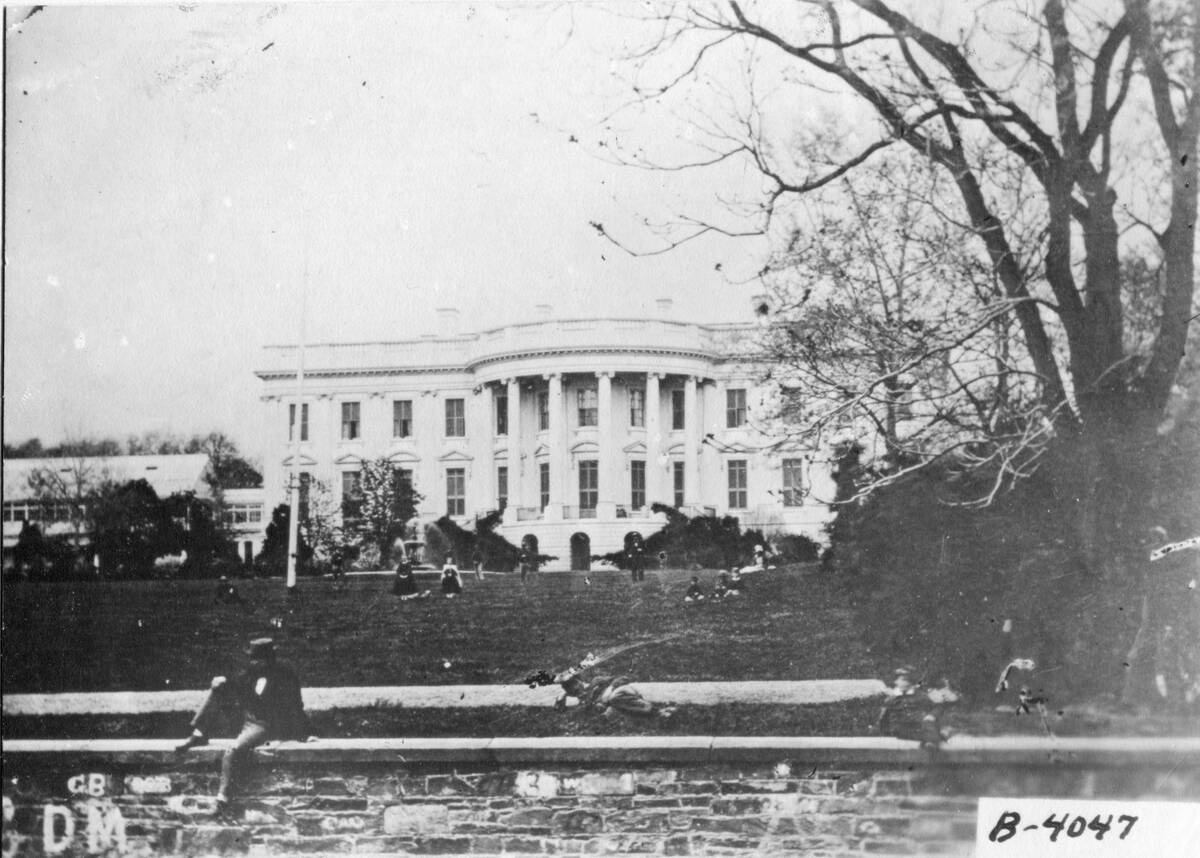
Although the battles of Antietam and Gettysburg were fought in the north — the former being in Maryland and the latter being in Pennsylvania — most of the Civil War’s battles were fought in the south.
Even with that in mind, however, it’s still jarring to see the White House in such a calm state during the 1860s. After all, the former Confederate capital of Richmond is only about 108 miles from Washington D.C., which would make it seem at least a little vulnerable to Confederate incursion.
The Difference Between North And South In One Image
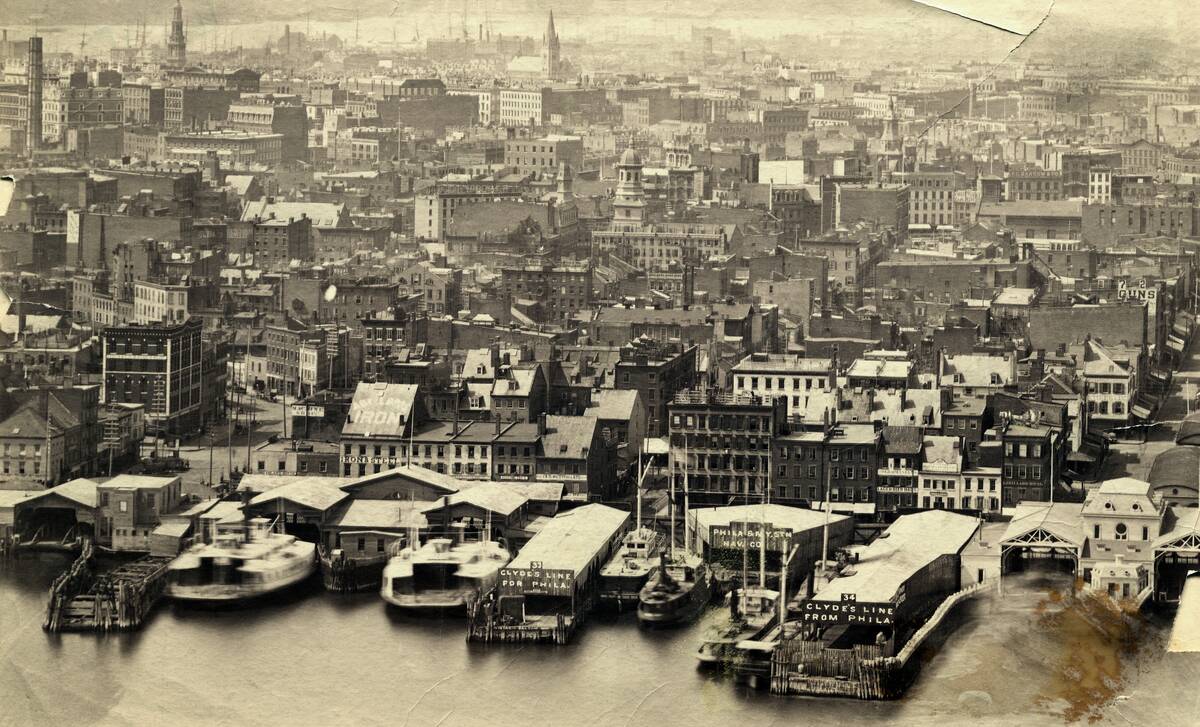
Throughout the Civil War, it was clear that the Union had the advantage in many ways, as the population, manufacturing centers, and railroad lines all surpassed those of the Confederacy. That’s what makes the unrestricted New York harbor seen in this picture such a tell-tale sign that this photo was taken in the north.
After all, the Confederates would have supplemented the gaps in their supply lines with international trade under ideal conditions. The Union also understood that, which is why this port would have had a blockade of Union warships surrounding it if it was located in a southern state.
Hard, Dangerous Work That Continued After The War Ended
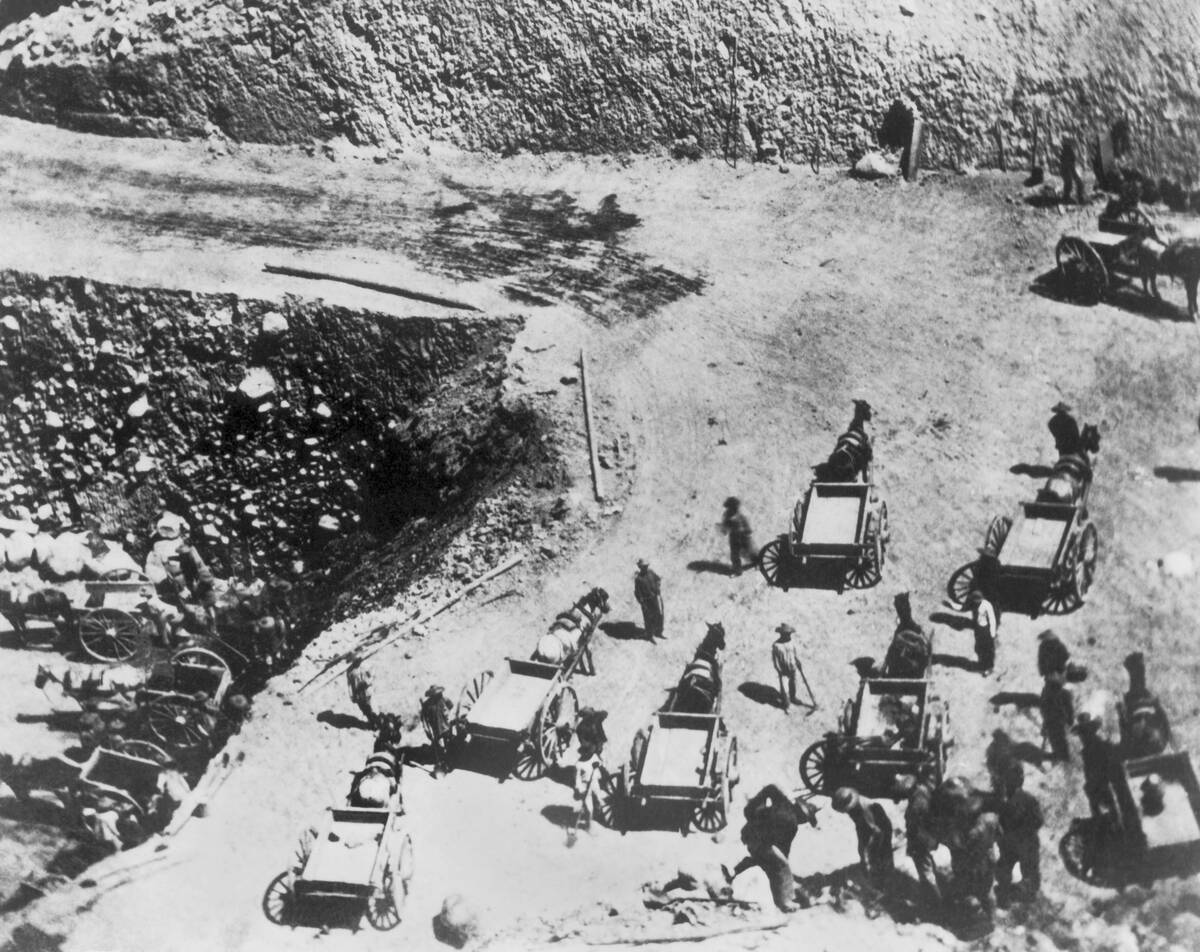
Although it’s hard to tell from this overhead view, this photo depicts Chinese-American laborers during the early stages of building a line for the Central Pacific Railroad at Prospect Hill, California.
This photo was taken in 1867, but it’s nonetheless true that work like this began before the Civil War ended and that a significant number of Chinese nationals risked their lives to build railroad lines as early as 1865 after a pilot project to include them began during the previous year.
An Exhausted Tribe Suffered Its Own Defeat Before The War
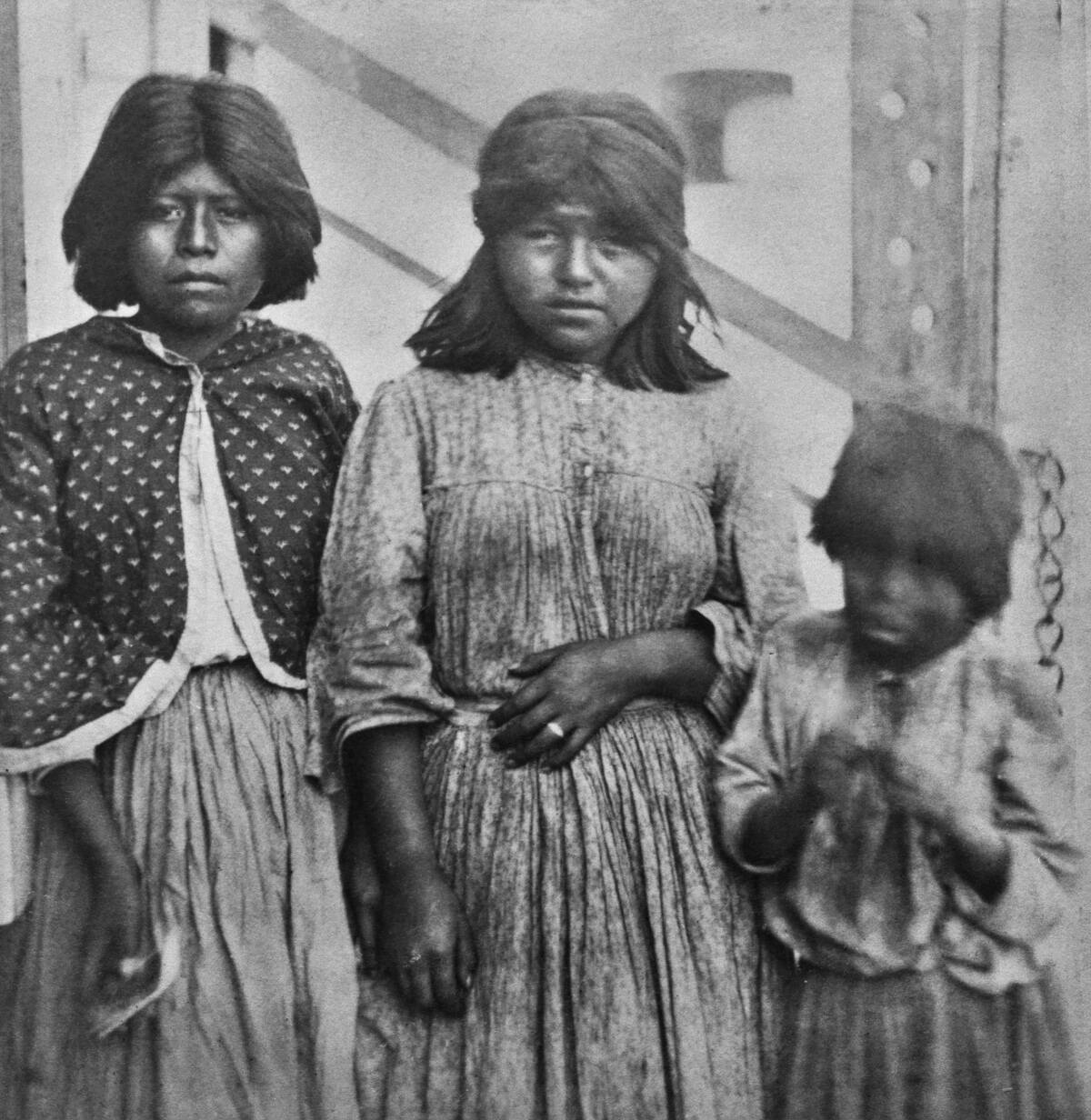
Although several major Native American tribes — including the Catawba, the Choctaw, the Cherokee, and the Seminole tribes — fought on both sides during the American Civil War, the Paiute tribe to which these three children belong had little to no involvement in the conflict.
This was because the tribe had already fought against U.S. forces from 1860 to 1861, and the recent defeat they experienced likely left them too exhausted to engage in any further conflict with either the Union or the Confederacy.
A Peaceful Scene In The Immediate Aftermath
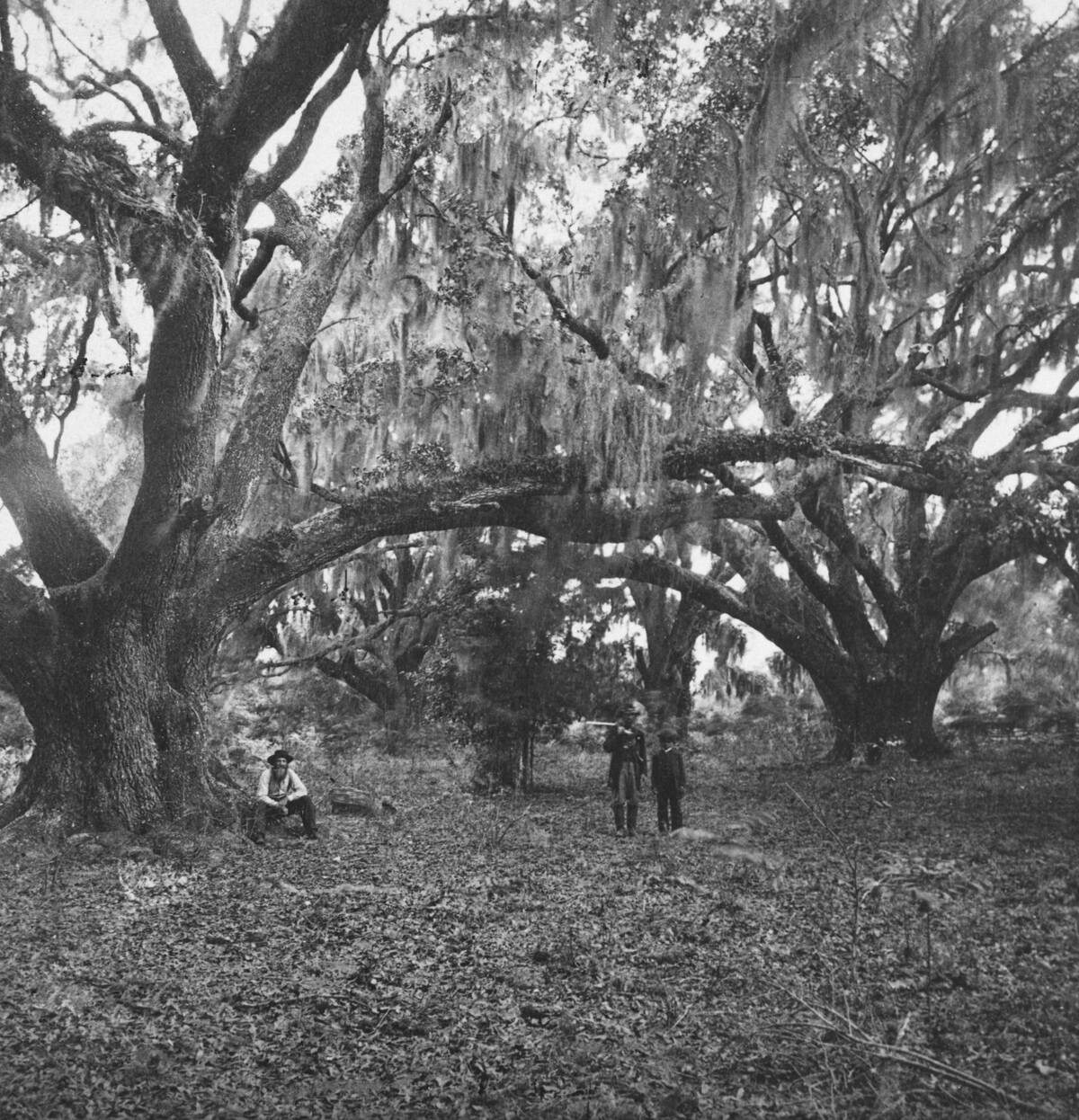
Here, we can see a man and his young son hunting amid some oak trees near Beaufort, South Carolina, while another man rests by the mighty trunk of one of them.
If there’s a moody atmosphere to this photo, it’s likely because this took place only months after the Confederacy’s defeat and re-integration of its states into the United States of America. Beaufort was particularly significant for being close to the first place the Emancipation Proclamation was read.
Not All The Destruction Was Related To The War

This icy ruin was once the Barnum American Museum, a dime museum in what is now Manhattan’s financial district that was destroyed by a fire in 1865. Although the fire was unrelated to the Civil War, it would have been if it had happened earlier.
That’s because it and 20 other buildings in Manhattan were targeted by a fringe group called the Confederate Army of Manhattan in 1864. They had attempted to overwhelm New York City’s firefighting capabilities, but all of the fires were contained before any significant damage was done, and all but one member of the group (who was apprehended) fled to Canada after their plan failed.
The North May Have Been Richer, But Not Everyone Was

Although this area has since developed into Manhattan’s East Village, it was a slum known as “Mackerelville” when this photo was taken in 1865. It’s already hard for modern eyes to get used to seeing a part of Manhattan that hasn’t been densely developed, but the name “Mackerelville” may also be a little confusing.
While the name would imply that the people in this area were known for working with fish, “mackerel” was apparently slang for a pimp at the time. Thus, this slum had a reputation as a 19th-century red-light district.
The World All But Ran On Rails At The Time
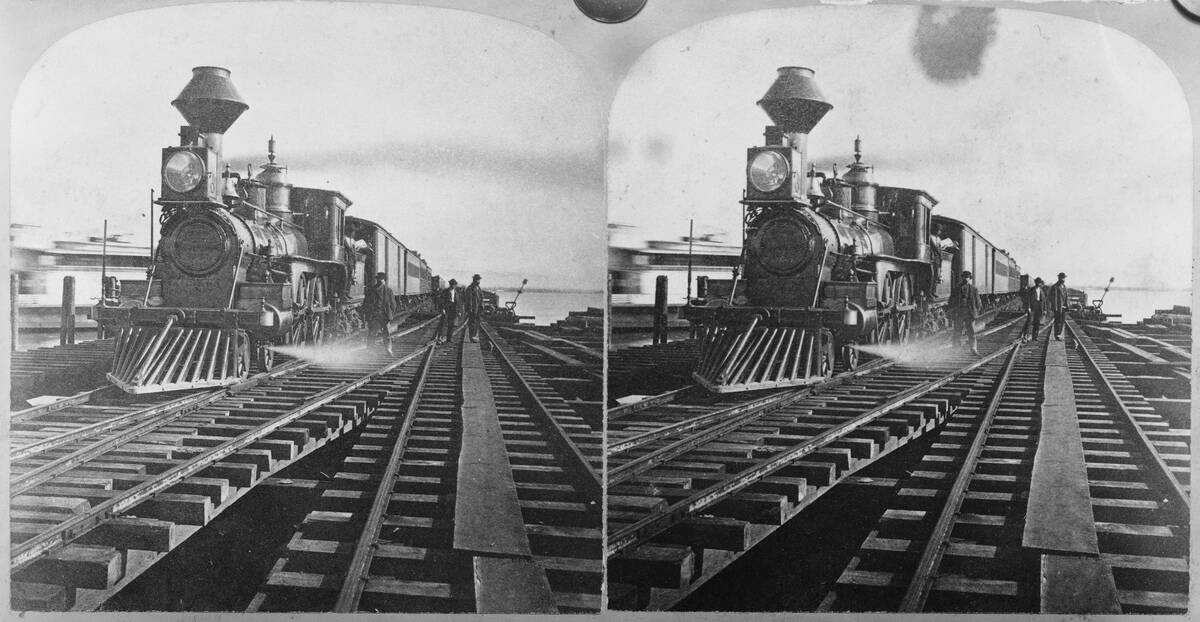
Although it’s true that the railroads were of immense strategic importance during the American Civil War, their importance extended to how an increasingly connected United States functioned at large.
That meant that after the advent of the California Gold Rush, it was imperative to get railroad lines out to the rapidly expanding new communities out there. That’s why it was so significant that trains like this one from the Western Pacific Railroad made it to the Oakland Wharf.
A Museum That Would Grow Even Bigger With Time
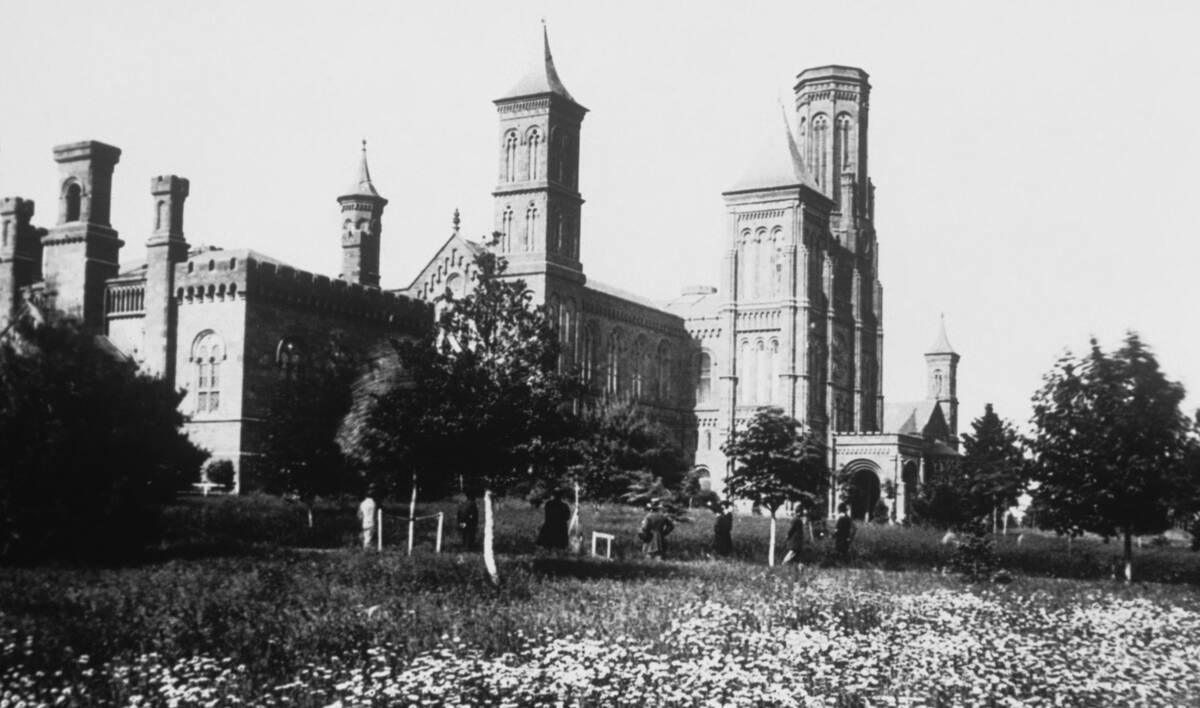
Although the Smithsonian Institution Building Existed by the Civil War, it wasn’t until about 20 years after it ended that the institution’s umbrella would begin expanding into the group of museums that people can visit today.
It’s unclear when exactly in the 1860s this photo was taken, but America could have very well been at war when it peacefully nestled in this field of daisies. It would end up featuring exhibits on the Civil War while many of the soldiers and officers involved were still alive.
America’s National Pastime Re-Emerges
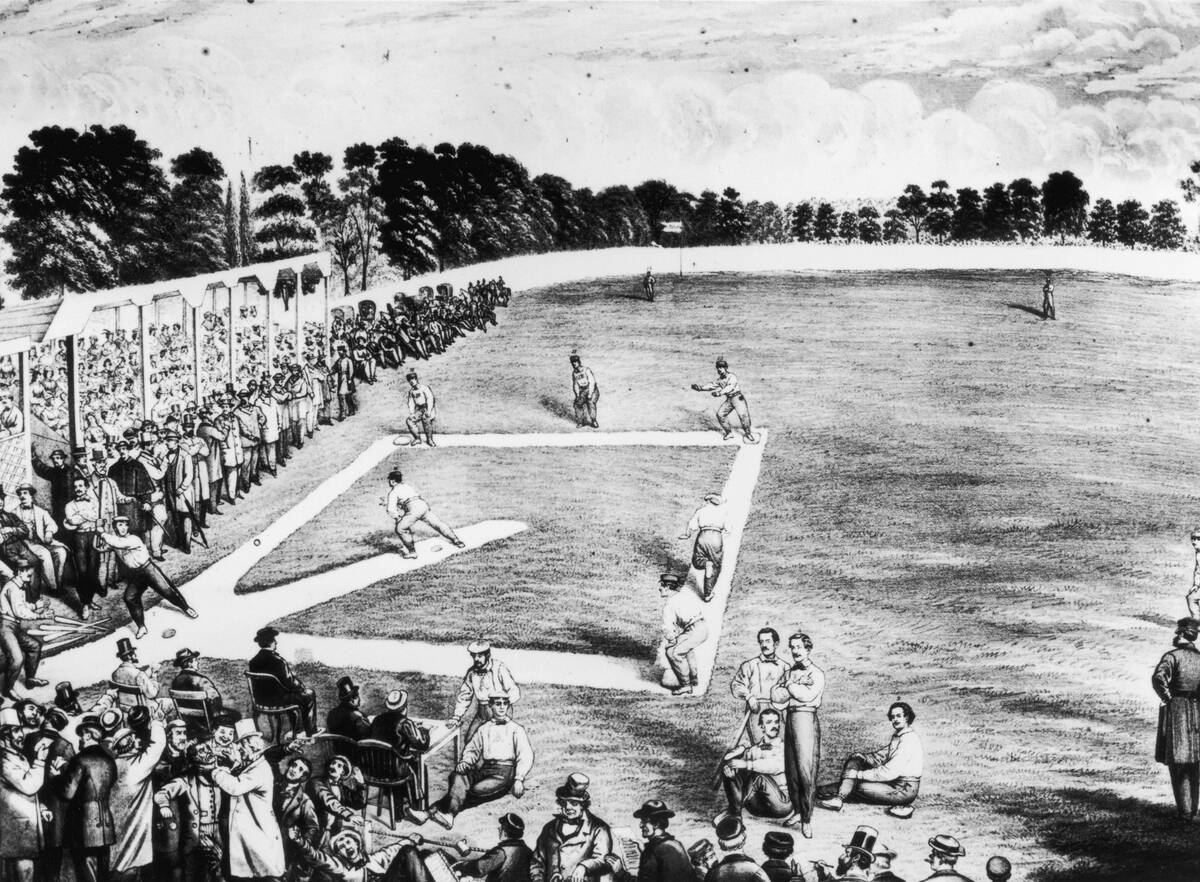
Much like in the years after America’s entry into World War II, it’s hard to imagine much professional baseball going on when so many of the nation’s men were on the front lines of the Civil War.
That said, it was only during the year after it ended that this game took place between the Philadelphia Athletics and the Brooklyn Atlantics. Even in this artist’s rendering, it’s clear that baseball was a very different game from how it’s played now in the 19th Century.
A Stark Portrait Of Slavery’s Longevity In America
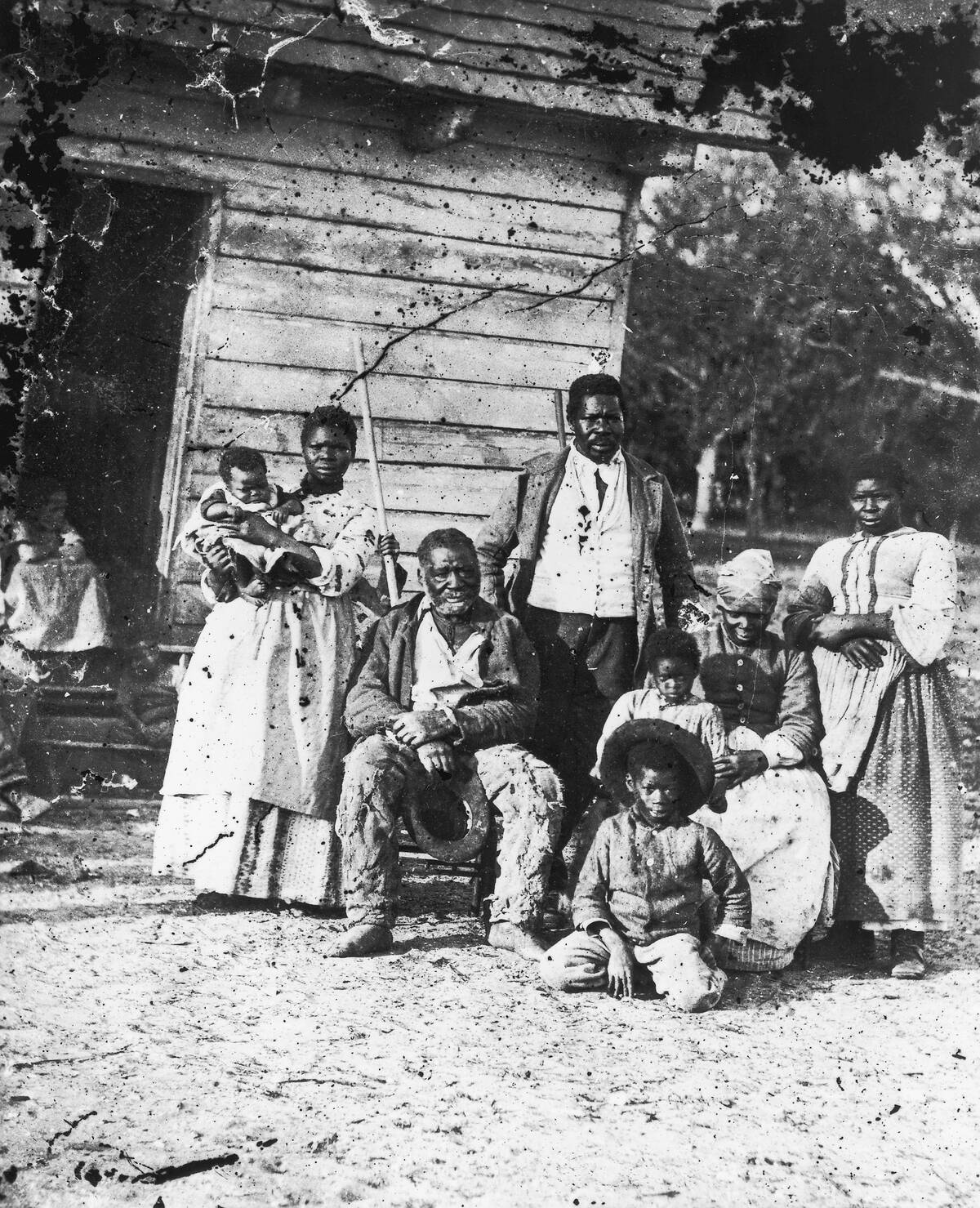
Although it’s been well over a century and a half since slavery was abolished in the United States, photos like this are a grim reminder that it persisted for centuries before the Civil War settled the issue once and for all.
Here, we see an enslaved family at a plantation in Beaufort, South Carolina. However, what’s significant about this particular family is that they represent four generations of enslaved people.
Some Military Projects Had Civilian Applications
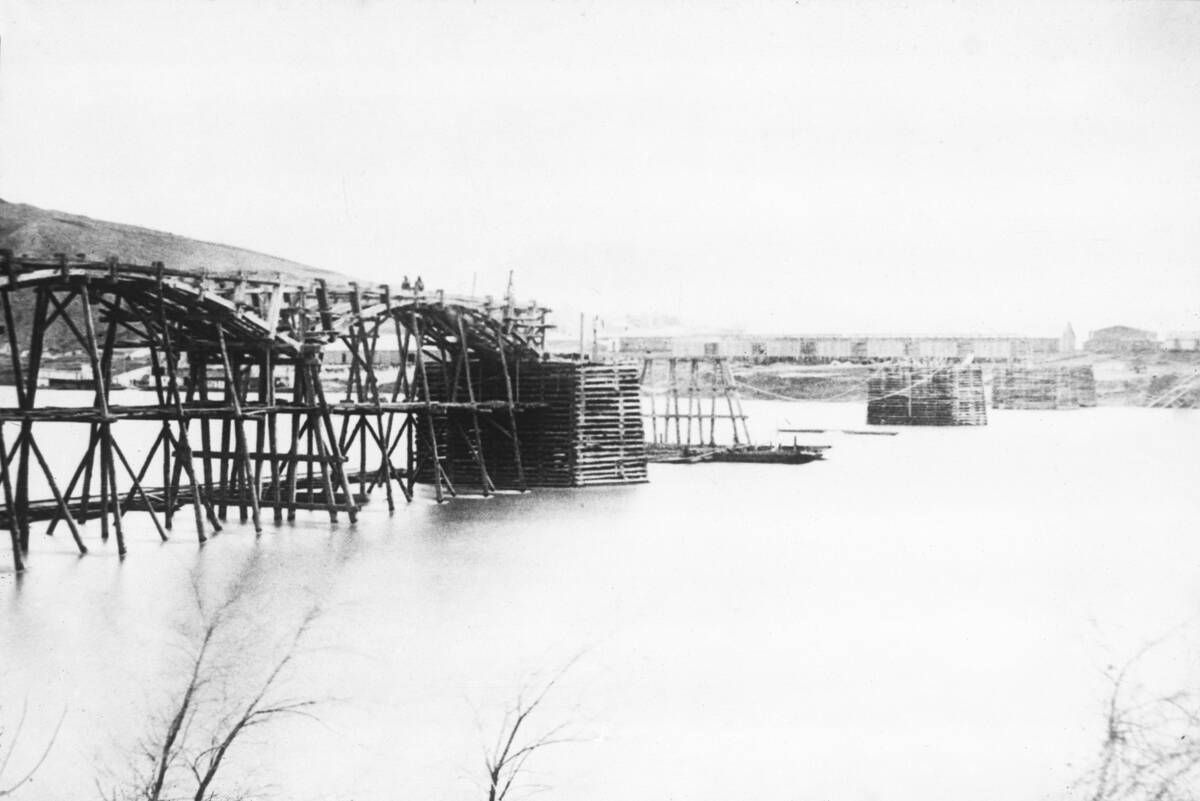
In the latter years of the war, General William Tecumseh Sherman would be known for his infamous March To The Sea, which was known for Sherman’s uncompromising scorched earth campaign that razed much of Georgia. General Sherman would prove similarly destructive to South Carolina and — to a lesser degree — to North Carolina.
However, Sherman was far from the only general in the Union army, and others employed different tactics in their campaigns through the rest of the south. As such, this partially constructed bridge out of Chattanooga that connected the Tennessee River was actually a Union project rather than a Confederate one.
The Ruins Of A Devastated City
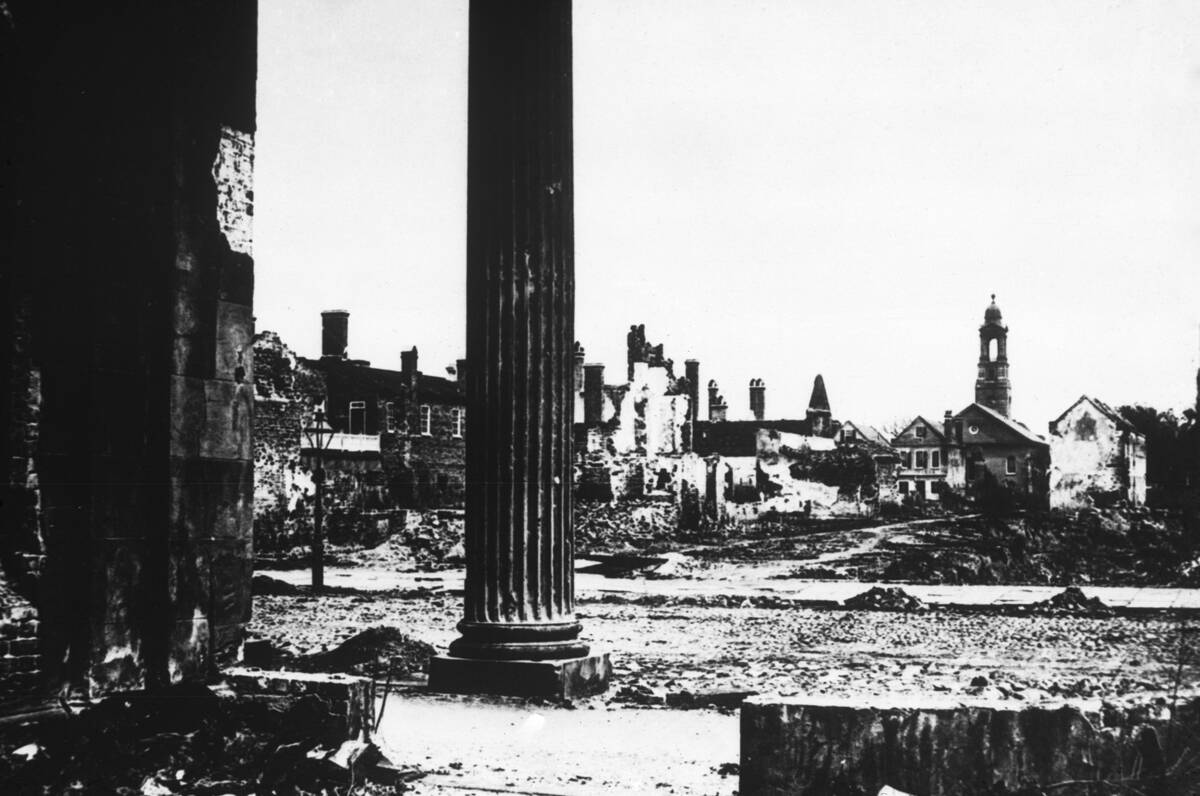
Although life in most American cities was impacted in some way by the Civil War, that was particularly true in the case of the cities devastated by General Sherman’s March To The Sea and his Carolina campaigns.
This photo taken from Circular Congregational Church captures the ruins of Charleston, South Carolina, after the war had ended. Considering how widespread the devastation was, it stands to reason that the post-war Reconstruction of the South would be such a massive undertaking.
To Be Black In The South Was Often To Be On The Move

While the courageous enslaved people who faced harsh retribution for escaping their oppressors via the Underground Railroad were certainly a poignant example of the mobility many Black Americans had to exhibit before and during the Civil War, this photo shows an example with a more direct cause.
Here, we see a group of Black Americans making the tough decision to cross the Rappahannock River in the hopes of fleeing advancing Confederate troops led by General Thomas ‘Stonewall’ Jackson on December 13, 1962. That coming advance was part of the first
battle of Fredericksburg.
A Deceptively Calm Street In Virginia
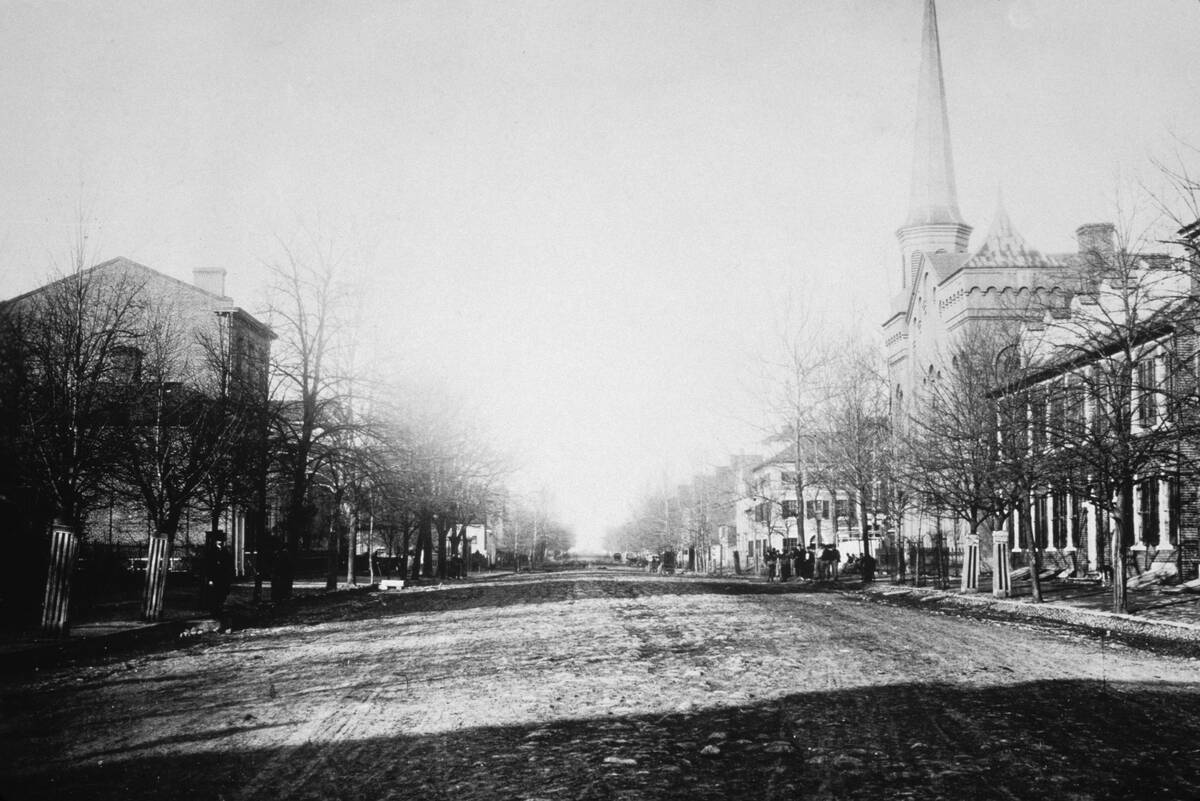
Given its hosting of the Confederacy’s capital and its proximity to Washington D.C., it’s perhaps not surprising that 26 major battles and roughly 2,000 smaller engagements took place in Virginia. If this shot from 1861 shows quiet conditions in the city of Alexandria, however, it’s not telling the whole story.
That’s because that was the year that Union forces took the city scant weeks after the Battle of Fort Sumter, which means that some of the war’s first casualities fell here. After that occurred, however, the Union would hold Alexandria until the end of the war.
Not All Of The Razed Cities Were In The South
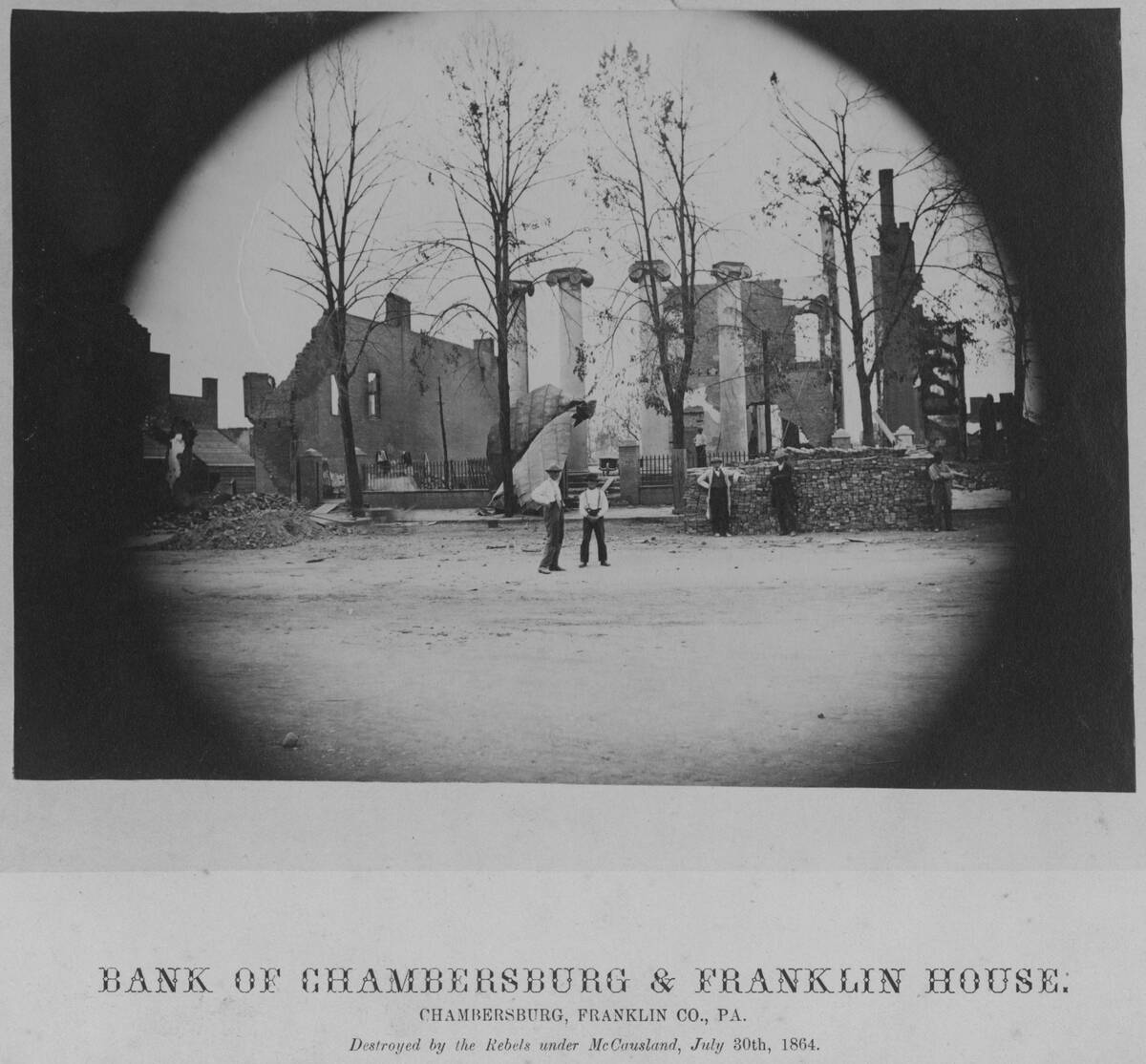
Although few major battles took place in the north, that doesn’t mean that every city north of the Mason-Dixon Line was spared by the fighting. Here, we see two men standing outside of a ruined bank branch in Chambersburg, Pennsylvania, after General John McCausland ordered the town burnt on July 30, 1864.
According to the Commonwealth of Pennsylvania’s state website, McCausland had tried to extort $100,000 in gold or $500,000 in cash out of Chambersburg’s residents. When they refused, residents were robbed in the street, and their homes and the town’s public buildings were burned, with some being left to die —all but one being saved by heroic neighbors.
This Was A More Joyous Occasion Than It Seemed
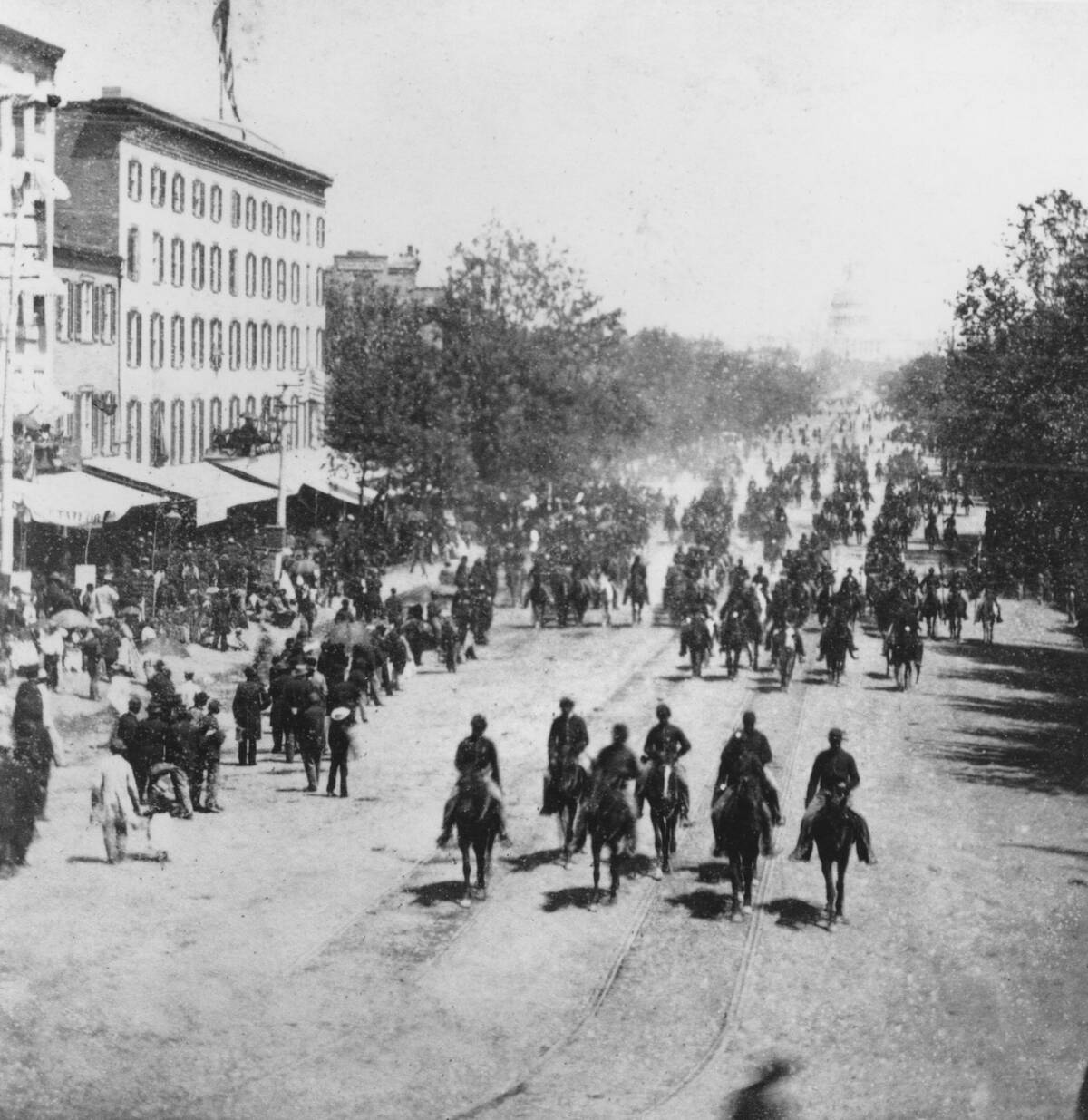
Thanks to the unreliable quality of 19th-century photographs, this scene has the appearance of a solemn military occupation that residents happen to be gawking at during the Civil War. However, the truth is that it had already ended when this demonstration took place.
Instead, this is actually a post-war military parade in Washington D.C. intended to celebrate the Union’s victory. Whether it’s because of an exhausted stoicism or a result of the photographer not capturing the height of the revelry, it’s fair to say that similar events on V.E. Day and V.J. Day during and after World War II looked far more celebratory.
It Wasn’t Just Soldiers Who Waged The Civil War
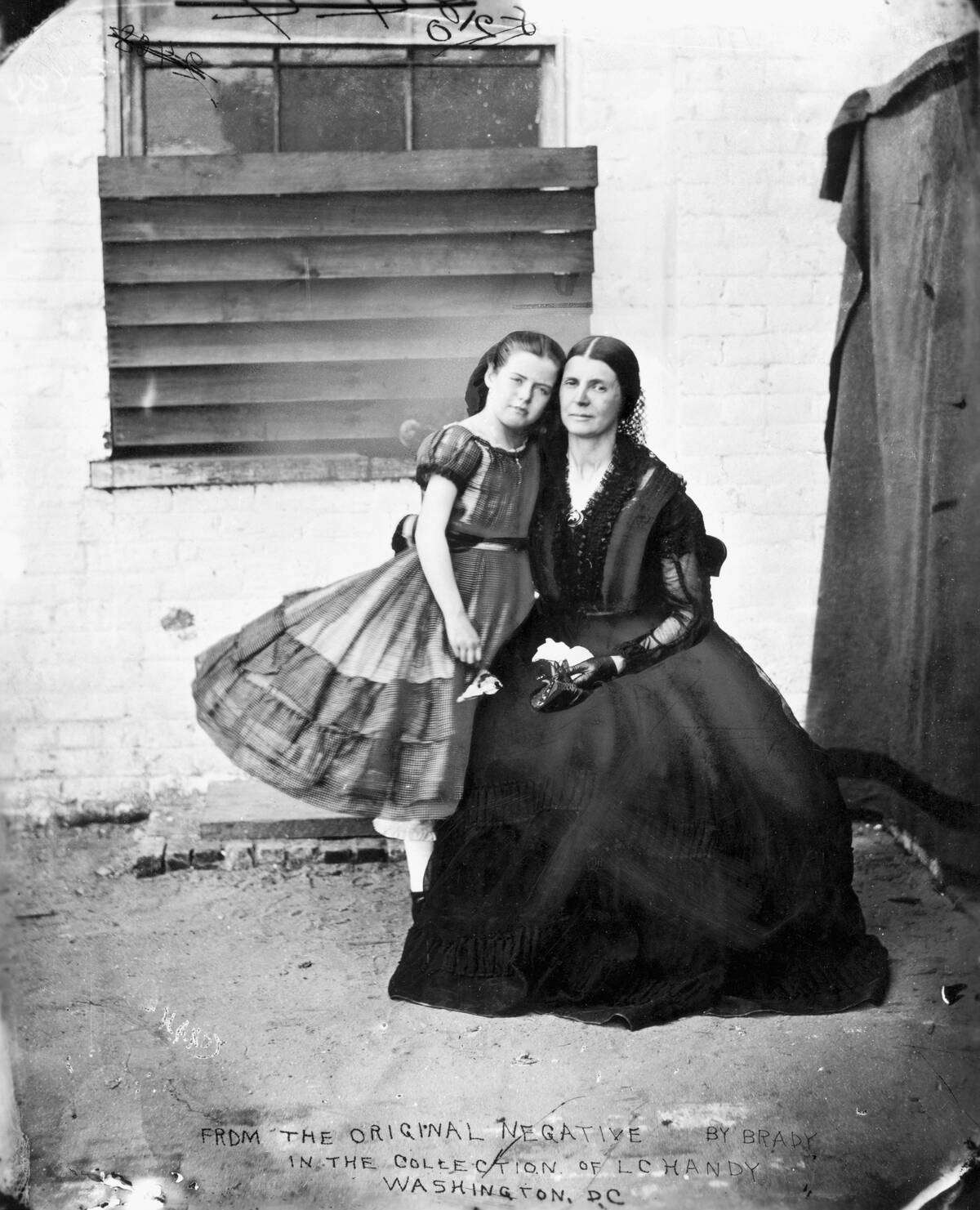
Although this seems like a fairly average photo of a woman and her daughter from the 1960s, the context makes it far more historically significant. That’s because the child was visiting her mother at Old Capitol Prison in Washington D.C., when this was taken.
What was she doing there? Well, her name was Rose O’Neal Greenhow, and she was found to be a spy for the Confederacy. As America’s future hung in the balance, that wasn’t something the Union could tolerate.



